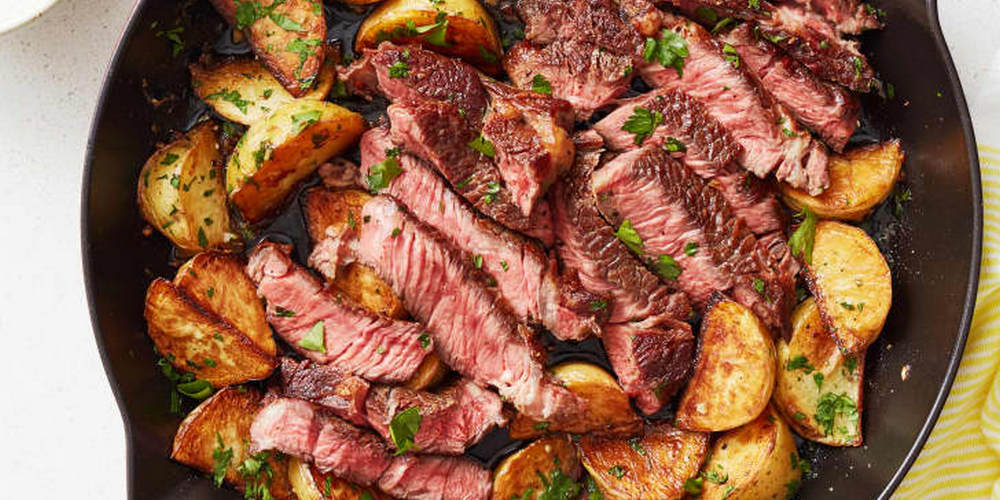
The family has adopted several strategies to reduce tension and honor both Sarah’s and Mike’s dietary preferences. ‘No comment’ meals allow them to enjoy food and company without delving into the contents of the dishes, easing stress and promoting light, supportive conversations. They also rotate who is responsible for the main course, ensuring a balance between vegan and non-vegan options and showing respect for each person’s dietary choices. Involving everyone in meal preparation has proven especially effective, as it allows all family members to showcase their dietary preferences and fosters mutual appreciation for each other’s culinary efforts.
Through these strategies, the family learns that while food can be a source of conflict, it can also be a powerful medium for reconciliation and understanding. As they continue to navigate their differences, they find that the key to maintaining harmony isn’t about changing each other’s diets but about respecting each individual’s choices and finding joy in their shared time together. These efforts help solidify the bonds that extend beyond the dinner table, strengthening their relationships in profound and enduring ways.
Menu Planning Tips for Both Vegans and Meat-Eaters
Creating a menu that caters to both vegans and meat-eaters can seem daunting, but with careful planning and creative thinking, it’s entirely possible. Here are some practical tips:
- Build Around Common Ground: Focus on dishes that naturally fit both diets, such as salads, roasted vegetables, and grain-based dishes. These can be served as sides or expanded into main dishes.
- Use Modular Recipes: Prepare dishes that can be easily adapted. For instance, a base of vegetable stir-fry can be served with separate add-ons like grilled chicken or tofu. This approach allows everyone to customize their meal according to their dietary preferences.
- Offer Separate Protein Options: Always have a vegan protein option available, such as legumes, nuts, or tofu, alongside traditional meat dishes. This ensures that all guests have satisfying choices.
- Be Clear with Labeling: Use labels for dishes at buffet-style gatherings to indicate which are vegan, which are meat-based, and which are flexible for both. This avoids confusion and ensures that everyone feels considered.
Examples of Successful Family Dinners
One example of a successful family dinner is the “Theme Night,” where themes like “Mexican Fiesta” or “Italian Night” allow for a variety of dishes that cater to all diets. Tacos, for example, can be enjoyed with either vegan fillings like beans and avocado or traditional meats such as chicken or beef. Similarly, pasta dishes can be served with a choice of vegan marinara sauce or a meaty Bolognese alongside.
Another successful approach is the “DIY Dinner Bowl” night where family members assemble their own bowls from a variety of ingredients laid out buffet-style. Ingredients include a base of grains like rice or quinoa, assorted vegetables, and separate protein options. Each person builds their meal to their preference, which not only caters to all dietary needs but also adds a fun and interactive element to dining.
Interviews with dietitians emphasize the importance of nutritional balance and variety. They suggest including a wide range of foods to ensure that all dietary needs are met, particularly focusing on micronutrient-rich foods to accommodate the health aspects of both diets.
Psychologists highlight the importance of communication and respect in harmonizing dietary differences. They recommend open family discussions about food preferences, which can help clarify misconceptions and reduce tensions. Recognizing and validating each other’s food choices is crucial in maintaining a positive and supportive dining atmosphere.
Psychologists also suggest involving family members in the planning and preparation of meals. This can increase understanding and appreciation of each other’s dietary choices and constraints. By working together, families can turn meal preparation into an opportunity for bonding rather than a source of conflict.
Implementing these practical solutions helps ensure that family meals are enjoyable and inclusive, fostering a sense of unity and respect among all members despite their dietary differences.
Throughout this article, we’ve explored the intricate dynamics of a family grappling with the challenges posed by divergent dietary preferences. From the passionate vegan to the staunch meat-lover, each family member’s food choices reflect deeper values and beliefs, influencing not just what they eat but how they interact with one another.
The key takeaway from our discussion is the profound impact that food can have on family relationships. Dietary differences, often seen as mere personal preferences, can actually stir deep emotions and create rifts or bonds depending on how they are managed. The story of Sarah and Mike illustrates this vividly, showing that while food can be a source of conflict, it also offers rich opportunities for connection and understanding.
The journey of Sarah and Mike highlights the critical role of tolerance and open communication in managing family dynamics around dietary choices. By establishing a respectful environment, they have found ways to reduce tension and enhance family unity. These efforts underscore the growing importance of adapting to dietary differences in a way that respects individual preferences while maintaining familial bonds. As society continues to embrace a wider array of dietary practices, the lessons from Sarah and Mike’s family suggest a hopeful future where diverse culinary habits can coexist harmoniously at the family table.
